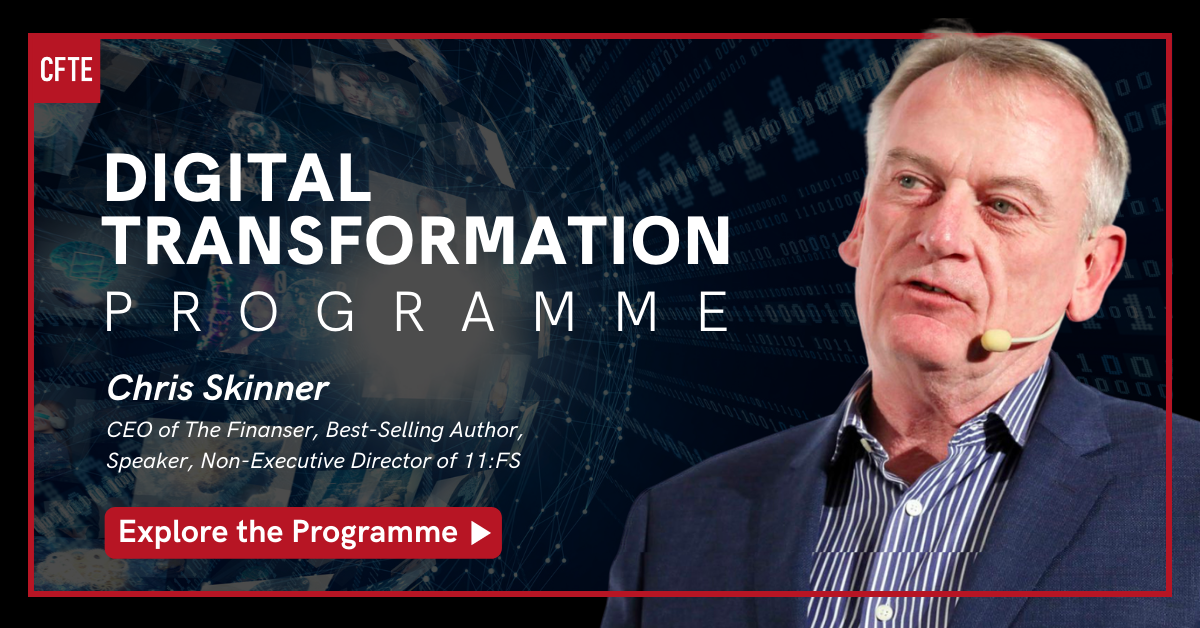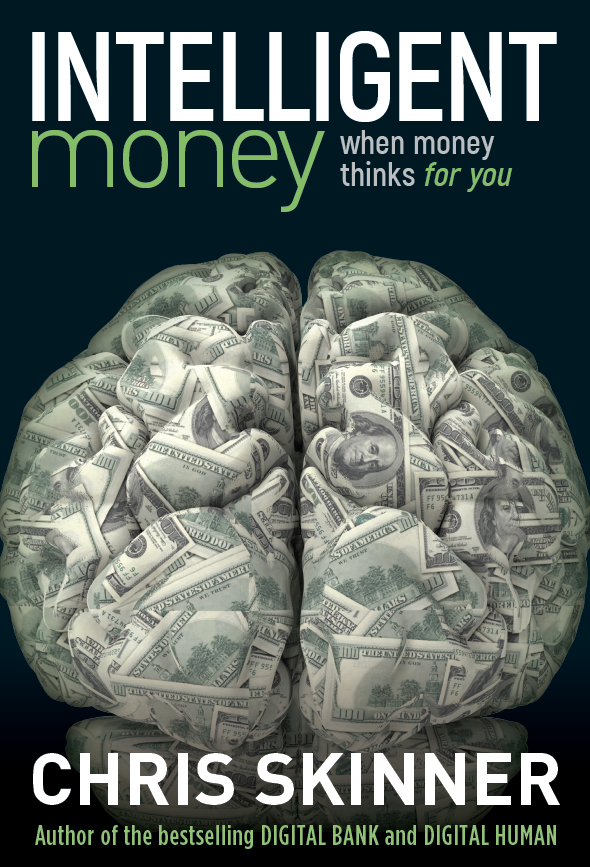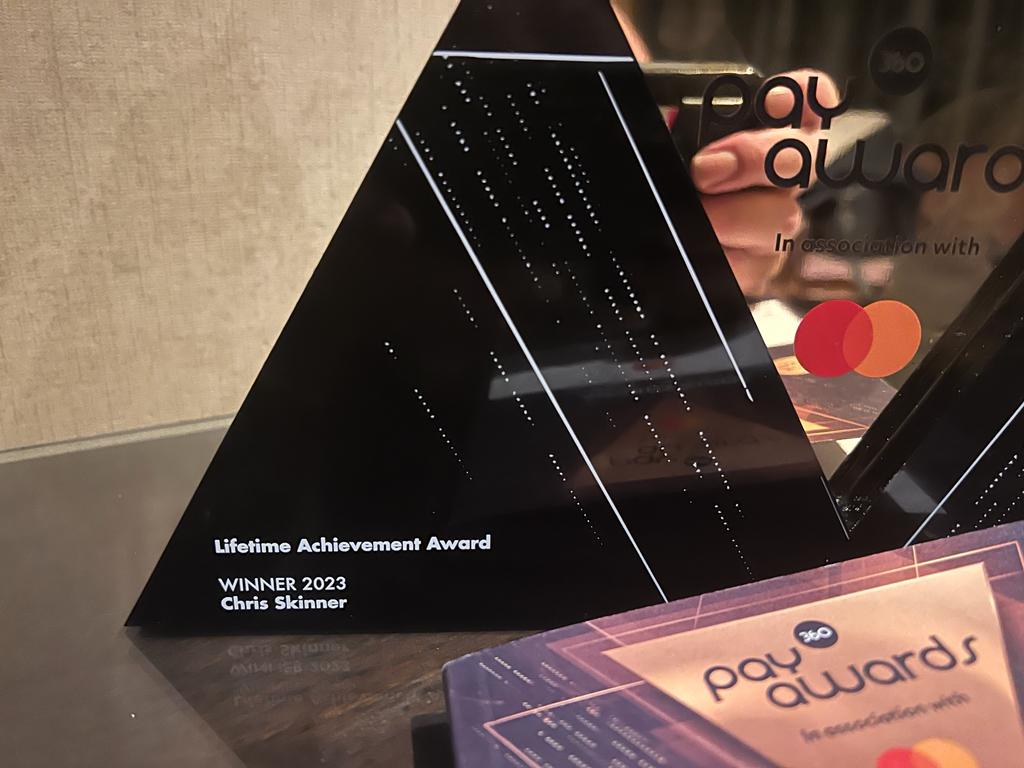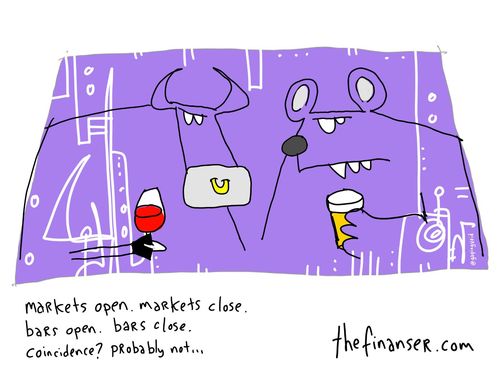
I was engaged in a lengthy conversation about mobile finance
the other day. Half way through, it
finally hit me why mobile makes such a difference to our lives: it’s real-time.
I’ve thought this for a while, but it is becoming more and
more obvious why mobile money in real-time changes the game and here’s how.
Roll back a few decades to the pre-internet age.
This was the age of the first screen: the television.
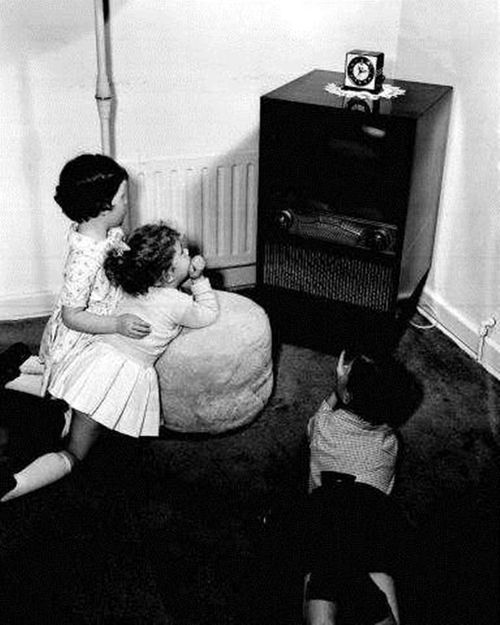 #
#
Picture from Victoria Museum
You would only get to notice things through the screen in
the lounge, and that would be a screaming advert.
You could get reactivity by going to the branch and talking
to the bank, based on the screaming advert gaining your attention.
Then we entered the second age of the screen: the desktop.

Picture from Open Learn
The desktop screen gave us interactivity but you would have
to go to the desk to get onto the screen.
You could interact with your bank, but it would again only be on a
reactive rather than proactive basis.
Now we have entered the age of the third screen: the
smartphone.
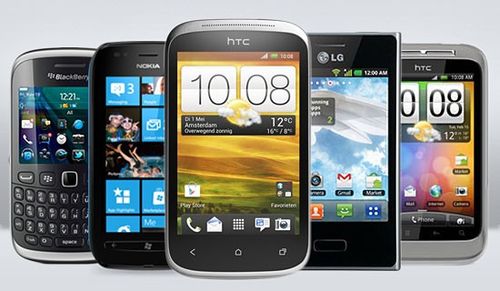
Picture from Which?
The smartphone is with us 24 by 7, in our pockets and
purses.
The screen never leaves us, and we can be contacted at any
time of day or night.
But here’s where the illumination switched on. With a mobile financial service we can have real-time PFM, rather than PFM about our past - or passed - financial transactions.
That's really powerful.
For a while we have talked about PFM, Personal Financial
Management. We all thought this was the
new era of banking, with alerts and budgeting apps giving us all we need to
know about our money.
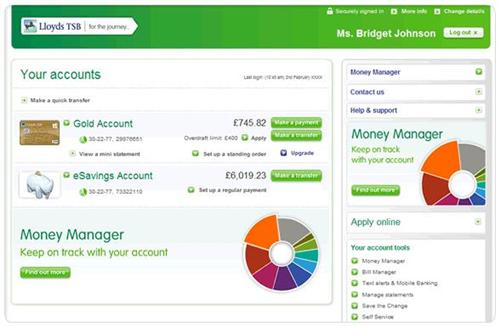
Picture from Lloyds Money Manager
Well, it’s not.
PFM is interesting and important, but it only gives you a
reverse view of your finances.
It does not plan ahead, it just summarises what has gone
before in a pictorial way.
In other words, it is an internet-based second screen era application.
PFM may be good and helpful but the mobile gives us PFM2,
Proactive Personal Financial Management, the third screen era financial solution.
The example that switched on my lightbulb is walking into a
shop and looking to buy something.
Anything.
Let’s say a Panini and Cappuccino in Starbucks for the sake
of illustration.
So I get my phone out to pay and the phone not only tells me
the PFM piece about how many Cappuccino’s and Panini’s I’ve bought in Starbucks
for the past month, week or year, but also whether I can afford it.
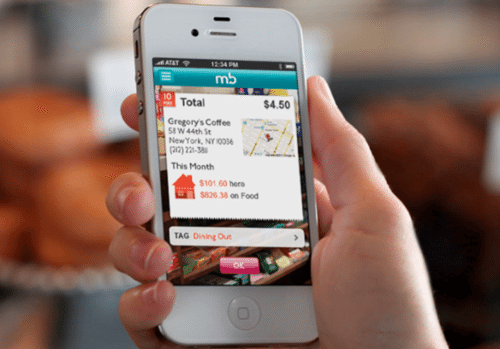
Picture from My Bank Tracker
That may sound redundant to some of you, but if your phone
can show you proactively your behaviours and habits financially and, in
real-time, alerts about whether this next transaction will take you overdrawn,
then that’s really something.
Think about it in those old days when you were a student,
hard-up or broke (you might still be for all I know).
Every penny counts and every transaction can be a moment
that sends you into the overdraft zone.
All those nasty fees and charges, and the shame of it.
Oh.
But no, now you can have that Cappuccino and Panini, not
only knowing that you spent £50 in Starbucks this month and have far too many Panini’s
and Cappuccino’s, but also knowing you can afford it.
Lovely, jubbly.
Chris M Skinner
Chris Skinner is best known as an independent commentator on the financial markets through his blog, TheFinanser.com, as author of the bestselling book Digital Bank, and Chair of the European networking forum the Financial Services Club. He has been voted one of the most influential people in banking by The Financial Brand (as well as one of the best blogs), a FinTech Titan (Next Bank), one of the Fintech Leaders you need to follow (City AM, Deluxe and Jax Finance), as well as one of the Top 40 most influential people in financial technology by the Wall Street Journal's Financial News. To learn more click here...





